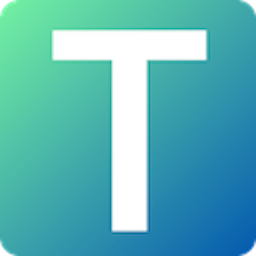| Product | |||
|---|---|---|---|
| Review & Ratings |
No reviews available |
No reviews available |
|
| Description |
Float is a next-gen resource management platform offering a straightforward solution for teams managing workloads. Its intuitive interface allows easy planning and tracking of tasks, making it ideal for project managers and team leaders. With a visual timeline, users can allocate resources efficiently and monitor project progress at a glance. Float's drag-and-drop simplicity enhances user experien... Read more about Float |
Tracked is an innovative project management software designed to help teams plan, execute, and monitor projects efficiently. This platform provides tools for task management, collaboration, and resource allocation, ensuring that projects are delivered on time and within budget. With its intuitive interface, project managers can easily assign tasks, set deadlines, and track progress in real time. T... Read more about Tracked |
|
| Free Trial |
14 Days
|
Available |
|
| Starting Price |
$7 Per Month |
$9 Per User |
|
| Category Features | |||
| Other Information | |||
| Deployment | Cloud Hosted | Cloud Hosted | |
| Devices Supported | Web-Based, iPhone, Android, Windows, Mac, | Web-Based, | |
| Pricing Model | Flat Rate | Per User | |
| Support | 24x7 Support, Email, Chat, Knowledge Base | Email, Chat | |
| Target Company Size |
Small-Business,
Midsize-Business,
Large-Enterprise-Business
|
Self-Employed,
Small-Business,
Midsize-Business,
|
|

